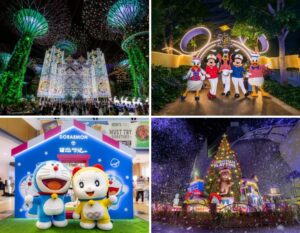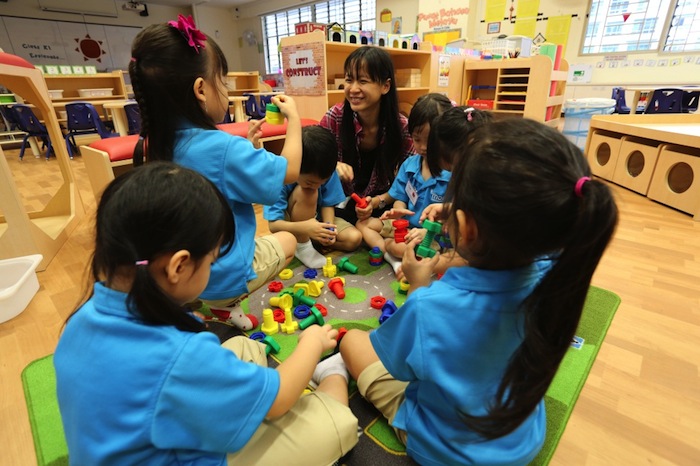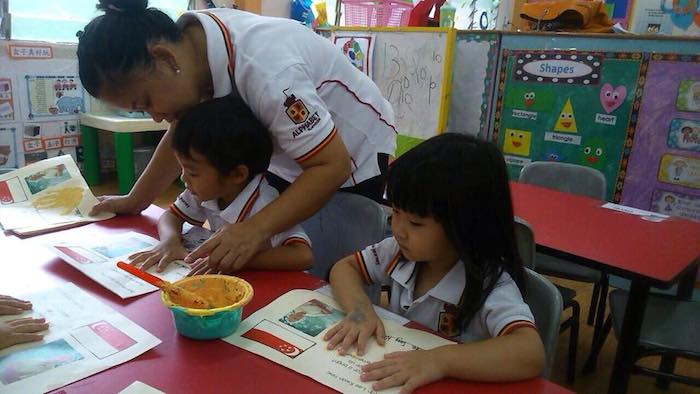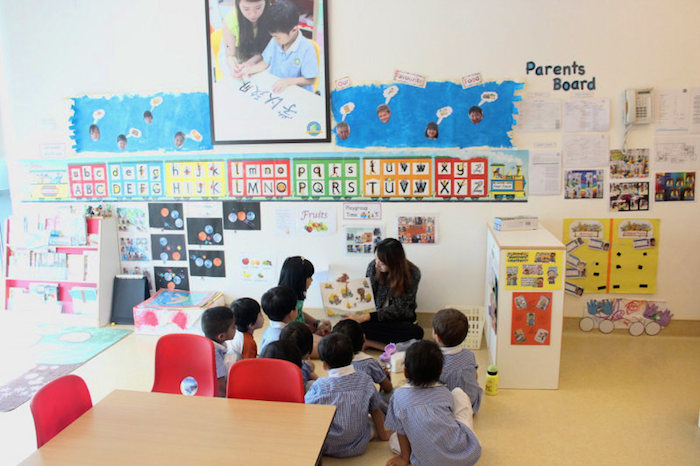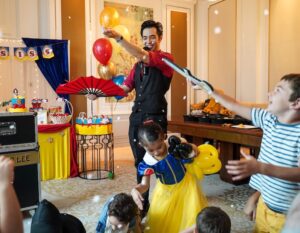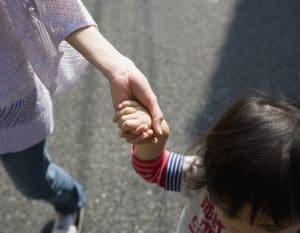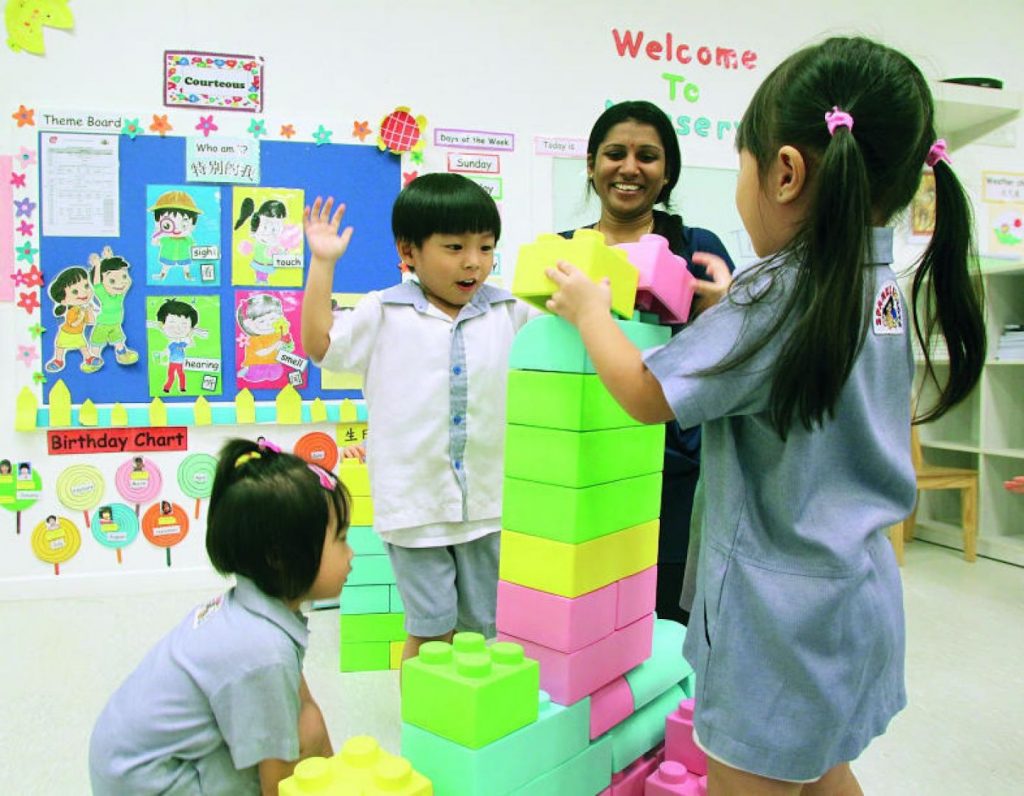
With so many preschools in Singapore, do you know the difference between childcare, anchor operators and alternative kindergartens? Or who’s eligible to attend each one? Sassy Mama Heather spells out all the educational options available in Singapore!
“Local school” can mean different things to different people. This is a reference to help you navigate the different non-international preschools available in Singapore. As an overview, grade Primary 1 of local government school begins the January of the year the child is 6 turning 7. Singapore classifies children by grades, N1 (2-3) & N2(3-4) for nursery and K1 (4-5) & K2 (5-6) and this is based on their birth year.
When my family moved to Singapore from Atlanta, Georgia, USA, like all mothers, I wanted to find the best preschool for my child. Both my children were in an organised childcare program in the United States, with the oldest enrolled in a Montessori school and her baby sister in a family owned infant care program. I hoped to find similar environments for my children but found the challenge quite daunting as I was unfamiliar with local customs. Below is a summary of the research I conducted and other things I have learned along the way while living in Singapore.
MOE Kindergartens
Currently the Singapore government under the Ministry of Education operates 23 state run kindergartens (with more set to open in 2020/21). Only Singapore citizens and Permanent Residents are eligible to attend, with extremely reasonable monthly fees of just $150 for citizens and $300 for permanent residents. One-third of spaces are reserved for children who are Singapore citizens from households with “Gross Household Income not exceeding $3,500 per month, or Per Capita Income (PCI) not exceeding $875 per month”. The two core pedagogies of MOE Kindergartens are Purposeful Play and Quality Interactions, and according to the MOE the key features of the curriculum are its “distinctly Singapore flavour” with an emphasis on the Starlight Literacy Programme, which aims to nurture early childhood bilingualism, and the HI-Light Programme that supports holistic development through integrated learning experiences.
For more information on MOE Kindergartens, click here.
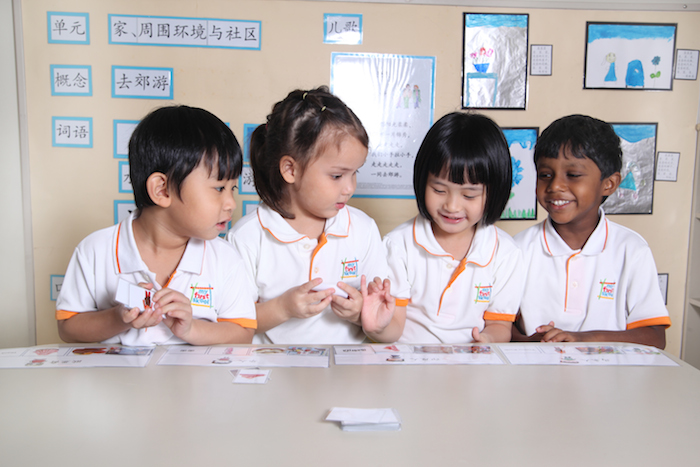
Anchor operators:
According to the Straits Times, there are five childcare chains who receive government subsidies and offer discounted rates for children attending their kindergarten and infant care programmes. A spot check of these schools verified that foreign students and those on dependent passes are eligible to register. For more information on each school and their fees and process, visit their sites directly:
- NTUC’s My First Skool
- PAP Community Foundation’s Sparkletots
- Metropolitan YMCA’s MY World Preschool
- Skool4kidz
- EtonHouse’s E-bridge Pre-School
Each school has its own registration requirements and fees differ. Typically annual registration gears up in April and closes in May for the next school year.
Child Care Centres
Child Care is regulated in Singapore by the Early Childhood Development Agency (ECDA), and not the Ministry of Education.
According to the massively popular local blog Kiasu Parents, there are a number of key differences between child care centres and kindergartens registered under the MOE (both public and private):
- Child Care centres typically cater to children 18 months and up (though some are available to infants as young as 2 months)
- Child Care centres cater to working parents and are required to be open all day, from 7am-7pm, whereas kindergarten programmes generally last 3 hours
- Child Care centres may be open for half-days on Saturdays
- Government subsidies are available to Singapore citizens for all childcare centres (but not for private kindergartens)
- Child Care centres provide two meals a day; meals and snacks vary widely at kindergartens and preschools
Many preschools like Brighton Montessori, EtonHouse, MindChamps, and Pat’s Schoolhouse actually fall under the child care umbrella. For a full list of child care providers, click here and enter your parameters in the search box on the right.
Private Kindergartens
Kindergarten is regulated by the Ministry of Education, as compared to child care regulated by the ECDA. Generally these kindergartens are local in their education approach and prepare children well for local school, although they will vary with their teaching methods and fees. You can see the full list of schools on the MOE’s website, broken into sub-categories like “foreign system schools” and “privately funded schools“.
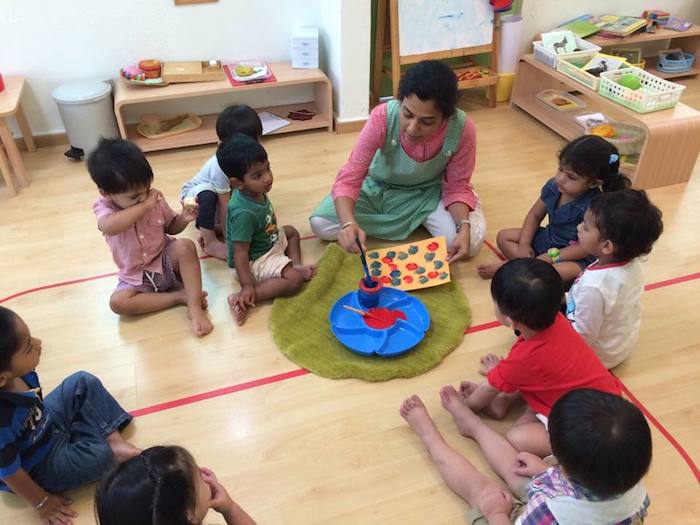
Alternative Kindergartens
For parents interested in a progressive environment using a structured educational philosophy, you may consider some of the Montessori, Emilio Reggio, or Waldorf schools operating in Singapore.
- Montessori — Montessori for Children has a reputation as being the only “true” Montessori in Singapore. All teachers are AMI-certified and they adhere to a prepared Montessori environment with 3 hour work cycles, mixed age groups, and Montessori materials. Many schools use the Montessori name but their implementation of the method may vary. For more info see Sassy Mama’s Ultimate Guide to Montessori in Singapore.
- Reggio Emilia — This Italian philosophy places a lot of emphasis on exploration, discovery and collaboration, with beautiful, light-filled spaces that encourage lots of hands-on discovery. Reggio-Emilia schools in Singapore include Between Two Trees, Blue House International School, Odyssey the Global Preschool, The Children’s Place and EtonHouse.
- Waldorf – Waldorf Steiner Education Association runs a cooperative preschool that operates a play based approach with a predictable routine and emphasis on creativity, singing, and acting. Click here for more information.
Transportation
When planning your preschool choices, do not forget to factor in transportation costs, time, and weather. You can expect to pay $3,000-4,000 SGD for private minivan or bus transport per year, round trip. Afternoon session can be a popular option, but please remember that the Singapore sun is most grueling from 10 am to around 3 pm so plan accordingly. Finally, the rainy season in Singapore begins in late November through most of December. If you plan for your children to walk or bike to school, you may need to make other arrangements (the occasional taxi ride, for example) during the rainy season or invest in rain gear and pack changes of clothes. Children under 7 can travel on public transport for free, so take note of that option as you plan. Finally, some bus services make many, many stops and may take longer and begin earlier than you might have considered. Some families are able to recruit a regular taxi driver to arrange transport to and from school each morning so that is another option to consider depending on your family and budget.
Thoughts to Consider
Knowing what I know now, I think I would have given the Anchor Operators a harder look. Unfortunately, I didn’t even know they existed at the time and my hunt was focused on finding the best Montessori school on the island. Now that we are planning to enroll my oldest in P1, I regret not considering that option as I know it would have been less expensive and more closely matched the culture of a local primary school.
Still want to know more, mama? Be sure to check out Sassy Mama’s Ultimate Guide to the Best Preschools in Singapore!



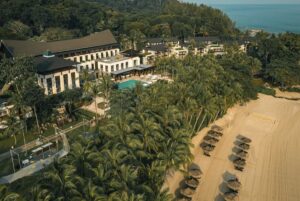


 View All
View All
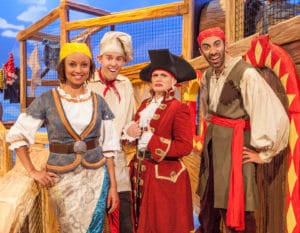



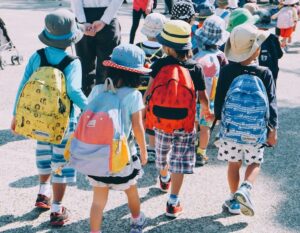
 View All
View All
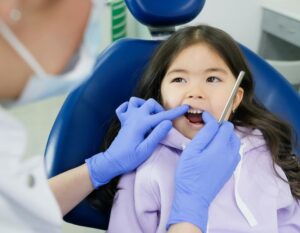


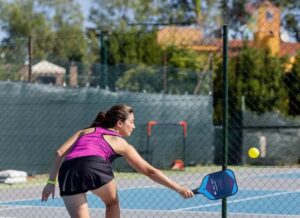




 View All
View All